The dance grew into a colorful flower bouquet which caught and contained the glow of sun-happy summer days, the secret of star-studded nights, and the wistful sweetness of overcast and rainy hours.
Mary Wigman
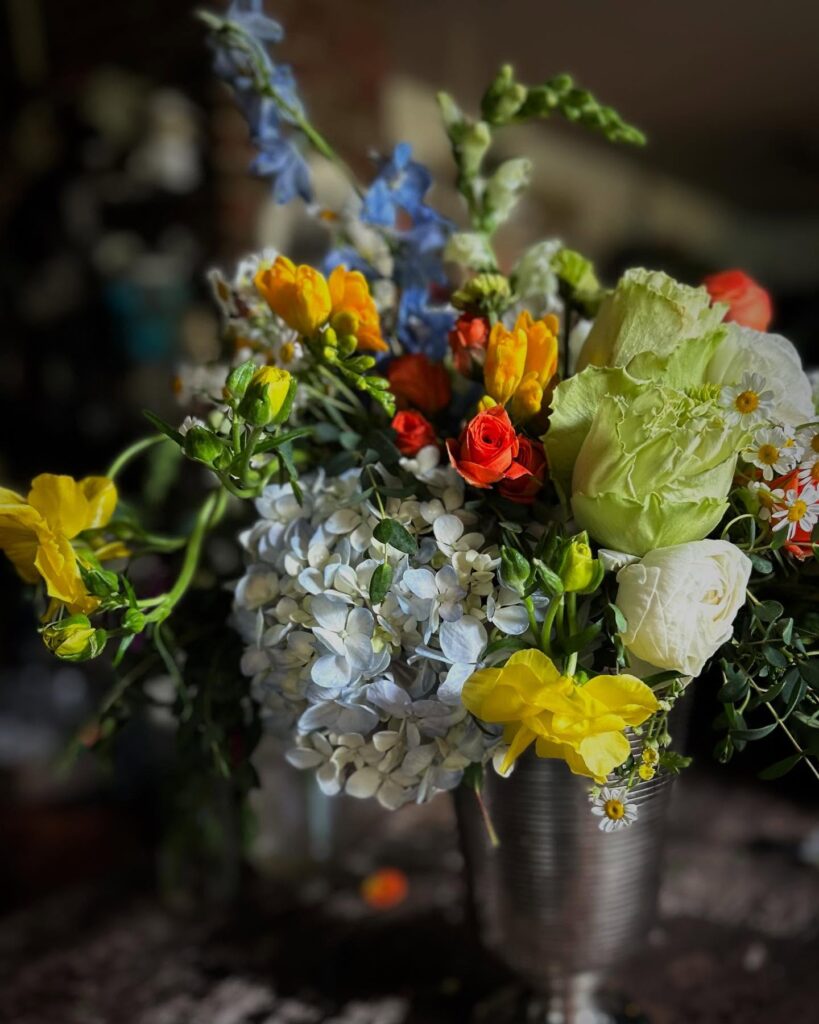

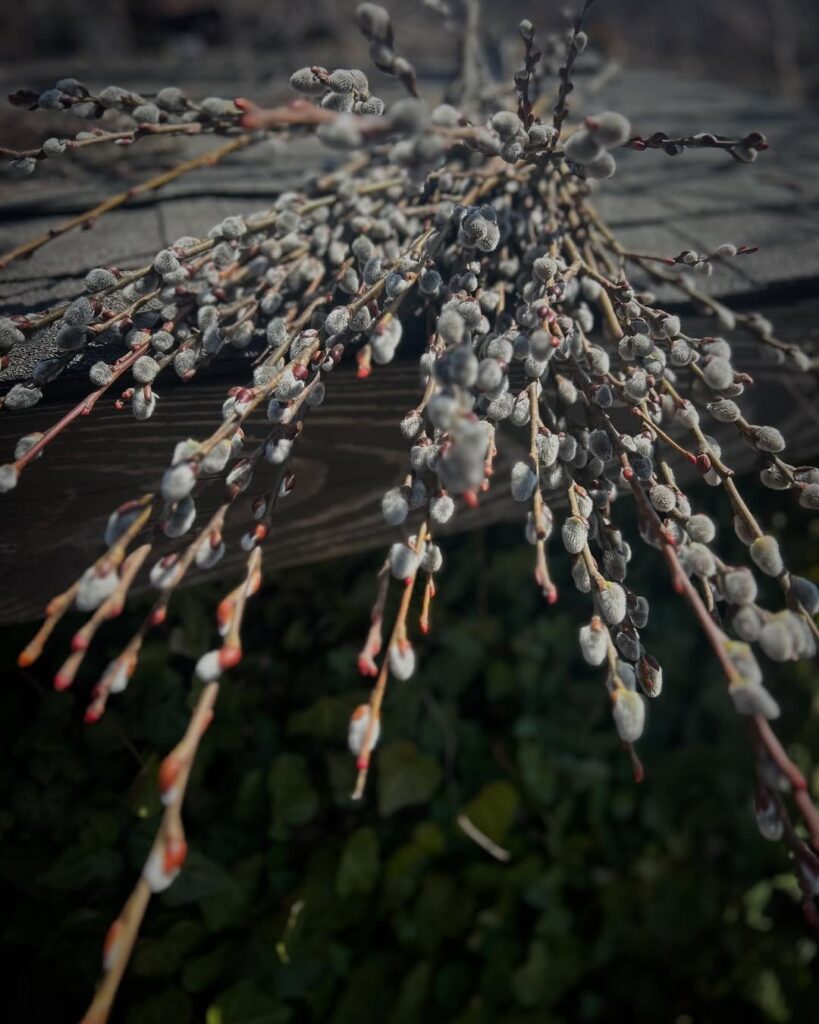
According to an old Polish legend, many springtimes ago a mama cat was crying at the bank of a river in which her kittens were drowning. The willows at the river’s edge desperately wanted to help her so they swept their long graceful branches into the water and swept up her babies who had fallen in while chasing butterflies. The kittens gripped tightly to the branches and were brought safely to shore and their mama. Every spring time since goes the legend, the willows sprout tiny fur like buds at their tips where the kittens once clung so tightly. ~A Spring Folklore
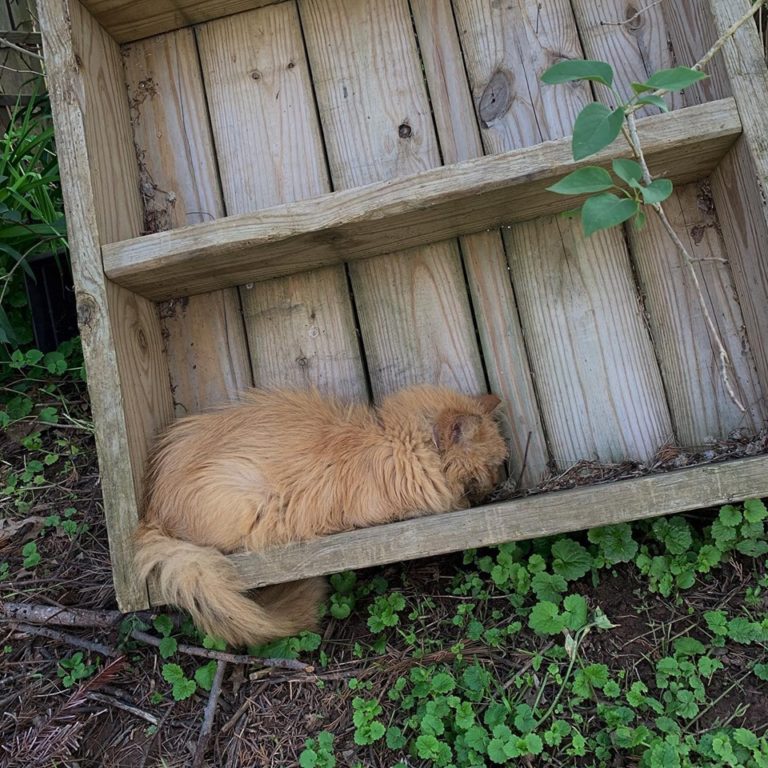
Captured here, is one of several special & original Willow Pond Farm members, who we miss terribly. Never missing an opportunity, he was always found taking advantage of a sunny day by taking a wee snooze in one of the many secret gardens. Whatever season it may be, naps in the sun are always appropriate.

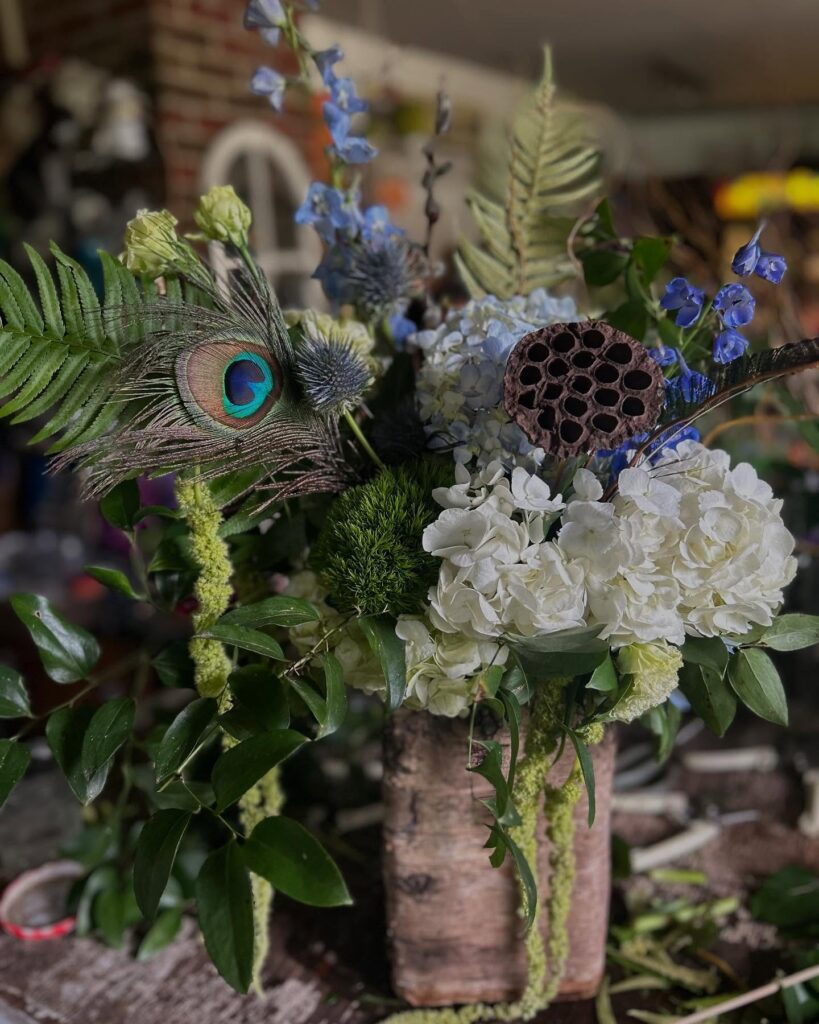


It was one of those [June] days when the sun shines hot and the wind blows cold: when it is summer in the light, and winter in the shade. -Charles Dickens


Gorgeous flowerets in the sunlight shining, Blossoms flaunting in the eye of day, Tremulous leaves, with soft and silver lining, Buds that open only to decay. -Henry Wadsworth Longfellow
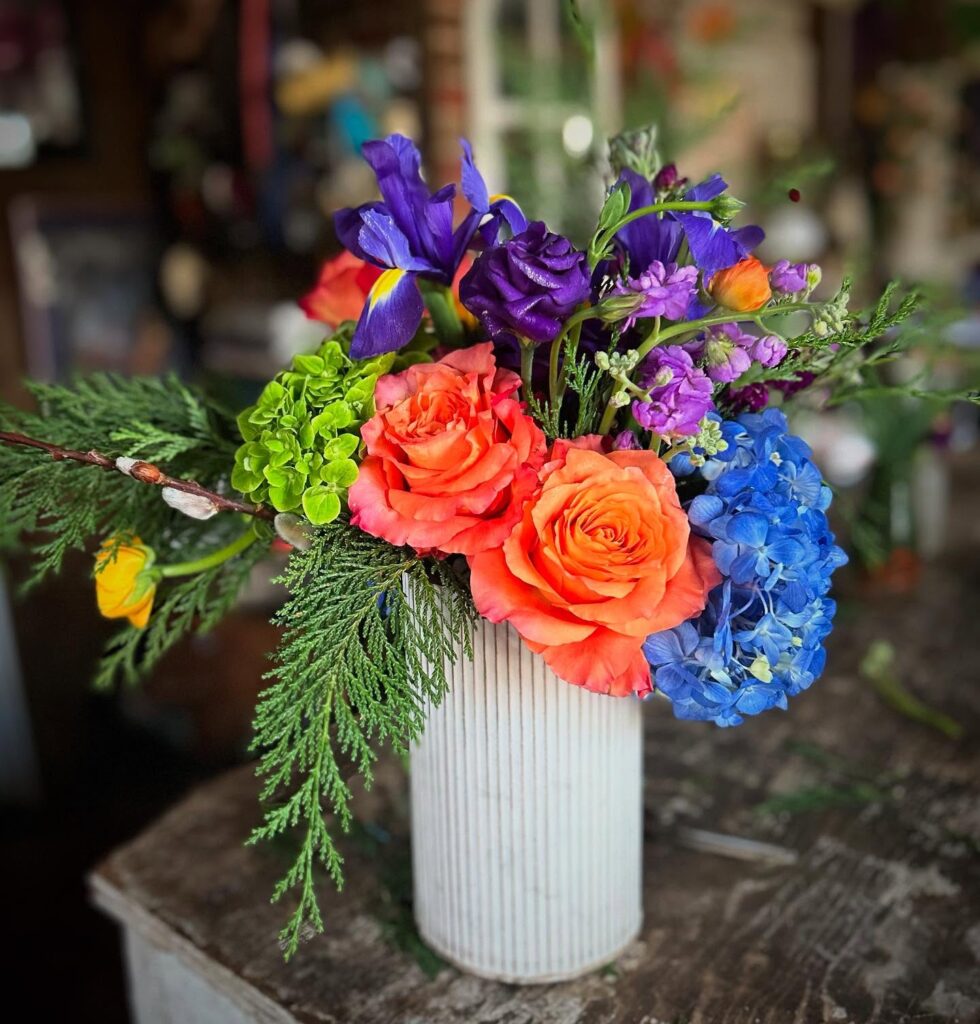
“Spring: a lovely reminder of how beautiful change can truly be.”-Anonymous



“i love spring anywhere, but if i could choose i would always greet it in a garden.” -ruth stout


nature gives to every time and season some beauties of its own. charles dickens
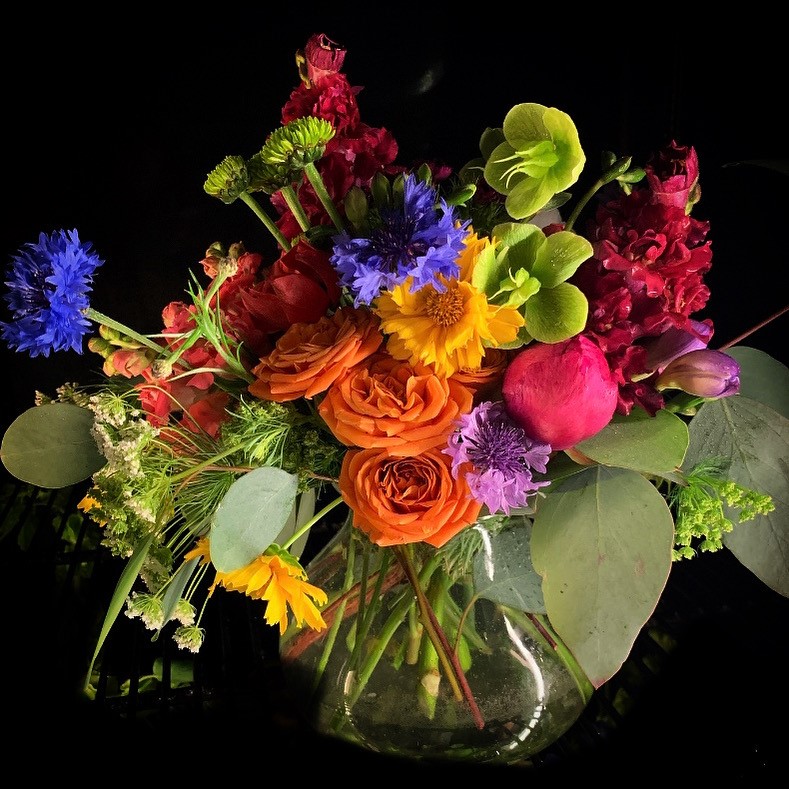
See stars in the changing season and dance among them, shining.
Mary Anne Radmacher
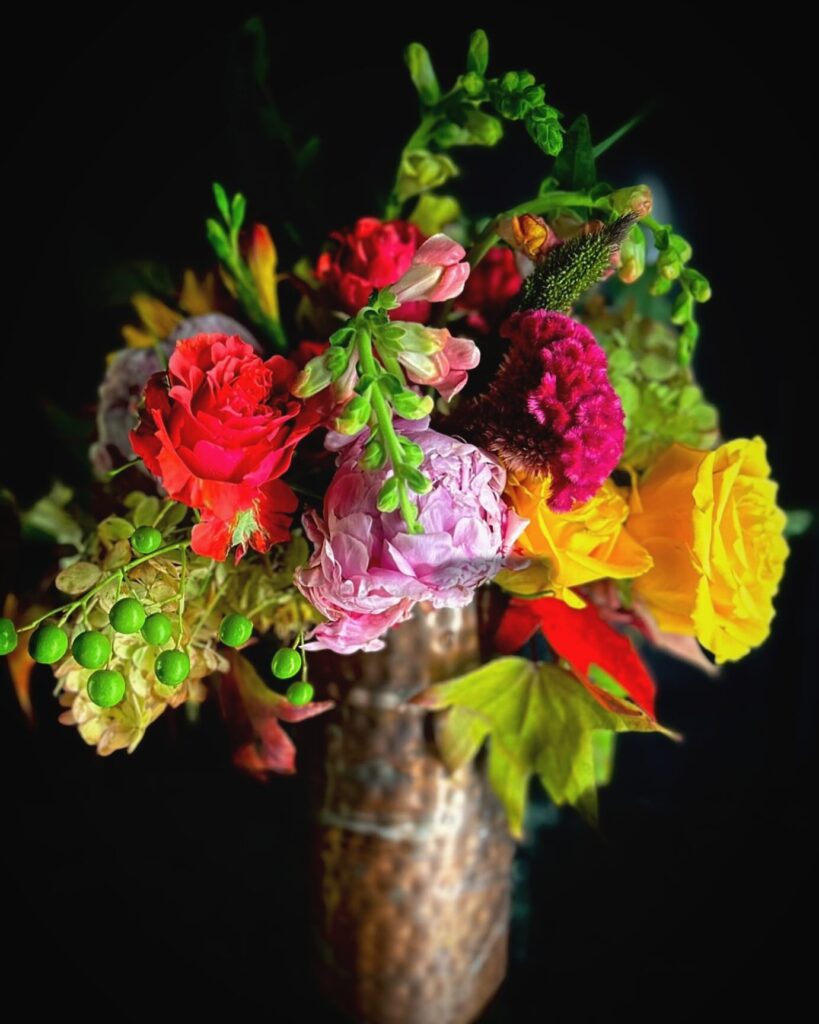
The month of leaves and roses,
When pleasant sights salute the eyes,
And pleasant scents the noses.
–N. P. Willis (1807-67)
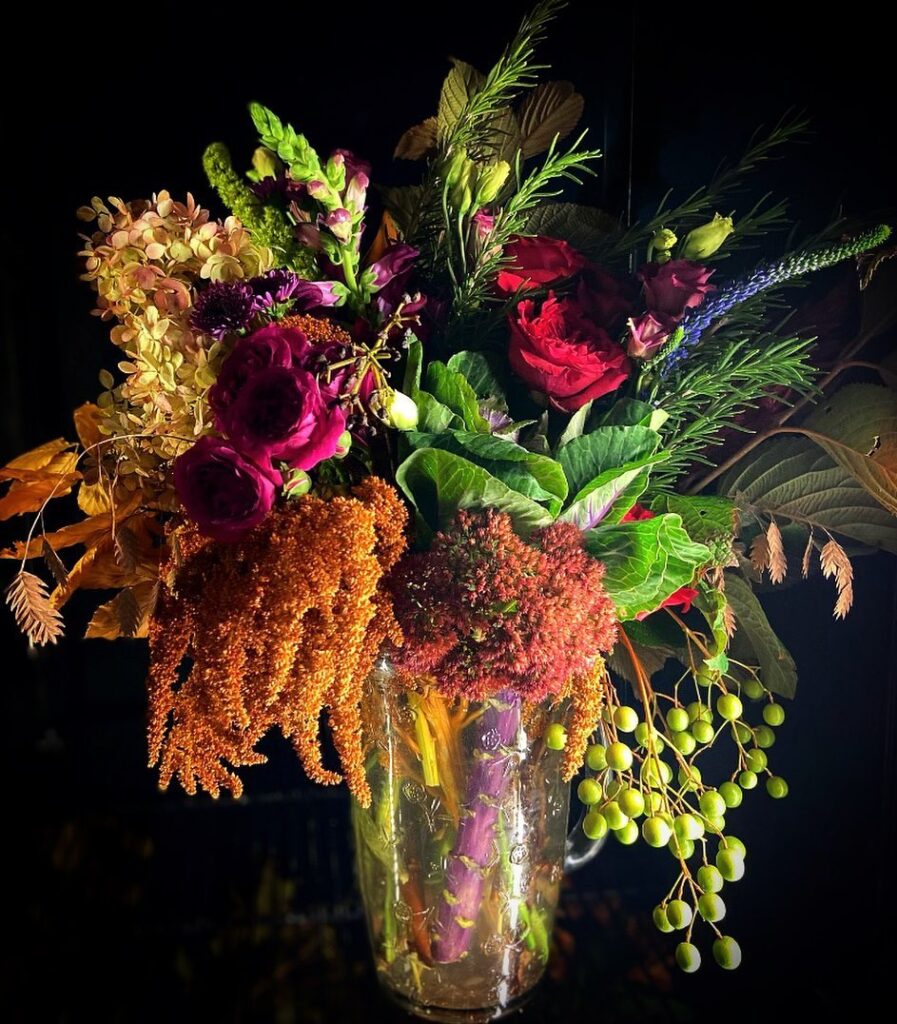
To be interested in the changing seasons is a happier state of mind than to be hopelessly in love with spring. -George Santayana

I feel lucky to be a Marylander. We’re fortunate to see the seasons bleed into one another while our landscape gradually shifts around us. As swift and grand an entrance Autumn makes, coaxing annual crowds of “leaf peepers”, we can’t help but to rubber neck as she coyly dissipates after a mere few weeks. As if she stole the stars above, she marks our rural roads with glints of crystalized treks, exposing an invisible map only managed by the richness of the moon. Pockmarked ancient roads are temporality replenished with brown snow and black ice, but as the days grow longer, the fissures of ice have no choice but to surrender into puddles of mud. Spring saunters in, teasing us with bouts of warmth scattered among the loitering winter days. A familiar seasonal tale, that we all know too well. Our eyes flutter open to a sight for sore eyes. Trees grow obese with succulent emerald leaves that burst from countless buds. Tasseled sleeves fashion the arms of elder pines, bowing down as they touch the earth. Families of serpentine ivy crash and collide, choking neighboring geriatric trunks, suffocating any traces of dun and scorched flora; their chaotic embrace leave only the sweetest viridescent shades of summer behind.
The tonic twilight yawns, casting droplets of dew that radiate like strings of pearls. Breaches in the clouds spill an invincible iridescence that clarifies and nurses the sear-spotted grounds, healing wounds from the dry afternoons of Autumn and the gelidity mornings of Winter. She eventually succumbs, melting into the invincible glow of a horizon renewed. As nature things, we inherently form cocoons around these volatile days, wrapping the season around us like a childhood blanket. Triggered, we lounge and mask in the familiar warmth of nostalgia, soaking up the season’s diffusing aura like a trite kitchen sponge. Like ancient spirits, from room to room we roam, haunting our very own homes in search of spring. In hopes to find our walls and floors saturated in spilled patches of light that seep through the window panes. Some are fortunate enough to taste that sweet sense of rumination with a ride down rural roads where the quiet and quaint encompass you, deafening the convoluted chants of society. Roused with change, we wake to the irenic songs and heavyhearted hymns that drown out the infinite thwarted apologies: whispers of seasonal remorse, the unquenchable thirst for the familiarity and the pining for the forgotten senses. She stretches and spreads her tepid rays that zigzag and seep through the cracks of black-out curtains. She casts warm, threadbare-like shapes that creep up bedroom walls, beckoning us to rise and shine.
Canopies of archaic trees oscillate and kiss the ancient sky. Below, cliques of bare naked limbs gyrate to the requiem of nature. An adularescence of light stalks the woods edge, precipitating a renowned reflection resembling solidified moonbeams. With arms wide open, we welcome the season change as the zephyr’s notes embrace us like an old friend. The migrating winds shift and collide, electrifying the mellisonant air, stimulating the deep, weary cells that lie dormant within us. The atmosphere’s modifying presence summons an abstruse awakening that cloaks the alexandrite stained sky which cradles the full Strawberry Moon. It’s always the time of the season.


For decades, the Almanac has referenced the monthly full Moons with names tied to early Native American, Colonial American, and European folklore. Traditionally, each full Moon name was applied to the entire lunar month in which it occurred and through all of the Moon’s phases—not only the full Moon.
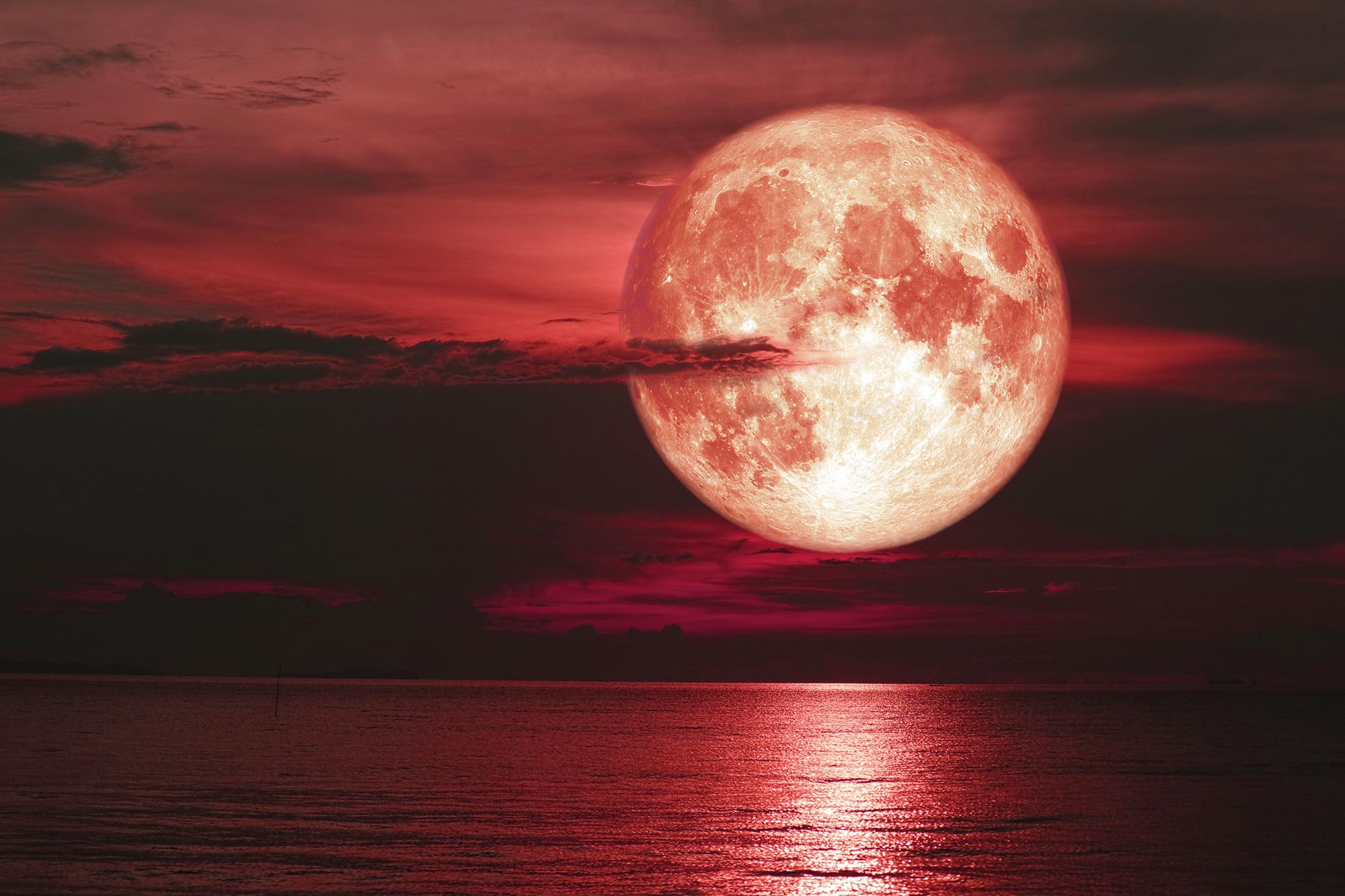
the strawberry moon.
the many faces of the strawberry moon☾
June’s full Moon—typically the last full Moon of spring or the first of summer—has traditionally been called the Strawberry Moon. While strawberries certainly are a reddish-pink color and are roundish in shape, the origin of the name “Strawberry Moon” has nothing to do with the Moon’s hue or appearance, despite the evocative imagery (shown in the artist rendering below). A Moon usually appears reddish when it’s close to the horizon because the light rays must pass through the densest layers of the atmosphere.

This “Strawberry Moon” name has been used by Native American Algonquian tribes that live in the northeastern United States as well as the Ojibwe, Dakota, and Lakota peoples to mark the ripening of “June-bearing” strawberries that are ready to be gathered. The Haida term Berries Ripen Moon reflects this as well. As flowers bloom and early fruit ripens, June is a time of great abundance for many.
Over time, many cultures have used different names for the 12 full moons experienced each year. Usually, they’re not based on color but on a common activity that takes place that time of year.
Blooming Moon (Anishinaabe) is indicative of the flowering season, while Green Corn Moon (Cherokee) and Hoer Moon (Western Abenaki) suggest that it’s time to tend to young crops.

Other names highlight that this is a time of new life: The Tlingit have used the term Birth Moon, referring to the time when certain animals are born in their region (the Pacific Northwest). Egg Laying Moon and Hatching Moon are Cree terms that also hint at a time when many animal babies were born.
the next full moon

June’s full Moon will reach peak illumination on Wednesday, June 11 at 3:44 P.M. Eastern Time.
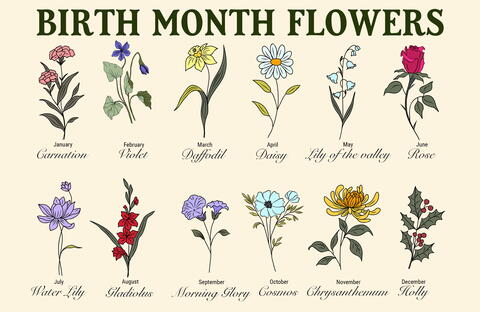
honeysuckle & rose.
June Folklore: If June be sunny, harvest comes early. June damp & warm does the farmer no harm.

Stephanie’s here to enhance & revivify the late spring days of our extraordinary, ordinary lives with fresh cuttings of the most magnificent flora Mother Nature has to offer us this season.

 Vibes
Vibes